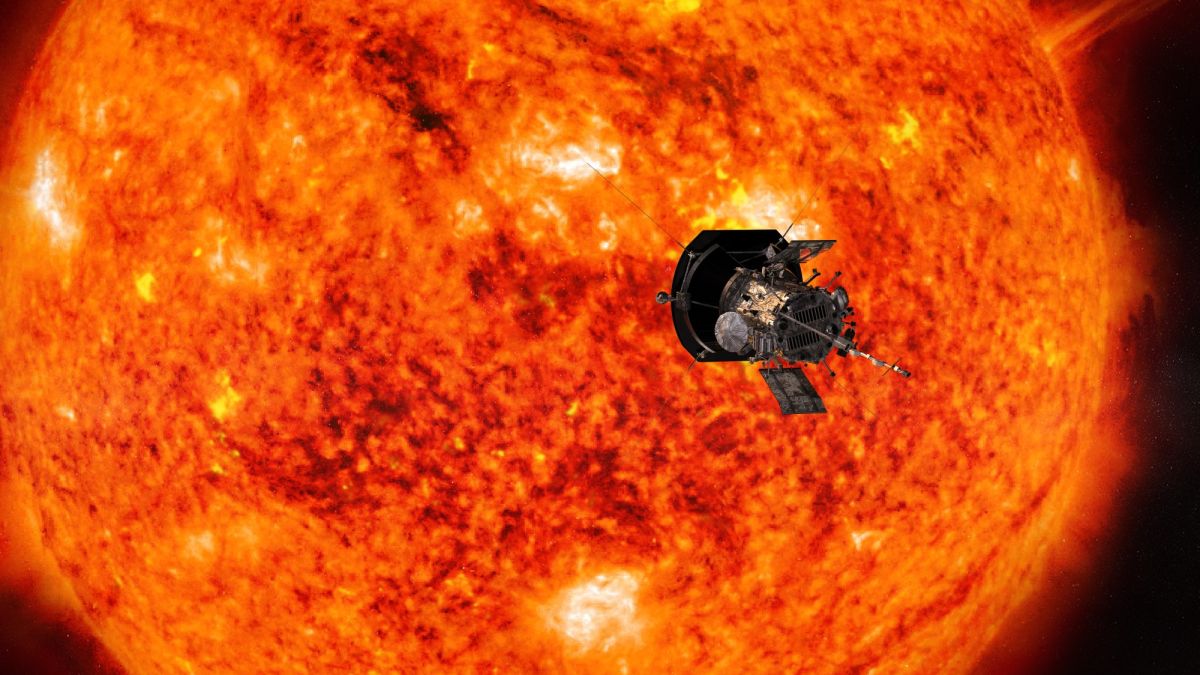
www.space.com
NASA spacecraft hopes to catch a solar flare as it zips past the sun
As NASA's Parker Solar Probe conducts its 13th perihelion, scientists hope it observes solar flares and geomagnetic storms.
Science & Tech
NASA's Parker Solar Probe has just zipped past the sun, and scientists are extraordinarily excited.
Parker Solar Probe came within 5.3 million miles (8.5 million kilometers) of the sun's surface Tuesday (Sept. 6) at 2:04 a.m. EDT (0604 GMT) in its 13th close approach of the sun, or perihelion. And this perihelion comes when the sun has been remarkably active, sporting a sunspot the size of Earth and having recently ejected solar flares and geomagnetic storms. Parker hasn't yet encountered such activity during its close encounters with the sun, but scientists hope that this time around, the spacecraft might catch an outburst.
"Nobody has ever flown through a solar event so close to the sun before," Parker Solar Probe project scientist Nour Raouafi of Johns Hopkins University Applied Physics Laboratory (JHUAPL), which manages the mission, said in a statement (opens in new tab). "The data would be totally new, and we would definitely learn a lot from it."
When Parker launched in 2018, the sun was in solar minimum, a quiet period in the 11-year solar cycle. But activity is currently ramping back up to solar maximum, which is anticipated to occur in 2025, and the sun is already more active than scientists predicted. Fortunately, Parker has 11 perhelia left in its mission even after the current maneuver, so scientists hope some will coincide with future solar events as their frequency increases.
"While the sun was quiet, we did three years of great science," Raouafi said. "But our view of the solar wind and the corona will be totally different now, and we're very curious to see what we'll learn next." The corona is the sun's outer atmosphere and the primary target of Parker's observations.
Another factor makes this perihelion special: There will be a second set of eyes on the sun to provide even more data to scientists. Solar Orbiter, a joint project between NASA and the European Space Agency (ESA), will observe the sun at the same time as Parker, but from 58.5 million miles (94.1 million kilometers) away after Solar Orbiter made a flyby of Venus on Saturday (Sept. 3).
"By combining the data from multiple space missions and even ground observatories, we can understand the bigger picture," Raouafi said. "In this case, with both Parker and Solar Orbiter observing the sun from different distances, we will be able to study the evolution of the solar wind, gathering data as it passes one spacecraft and then the other."
























































